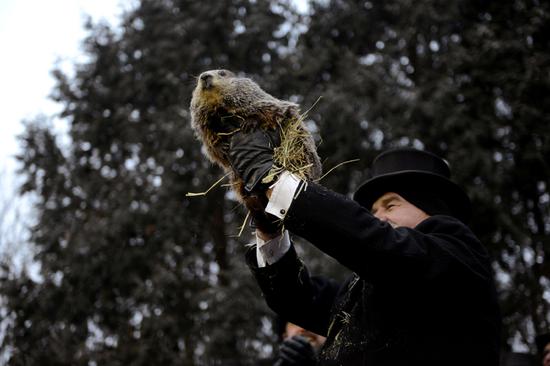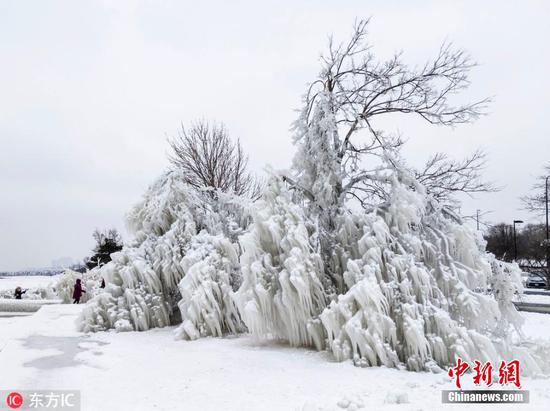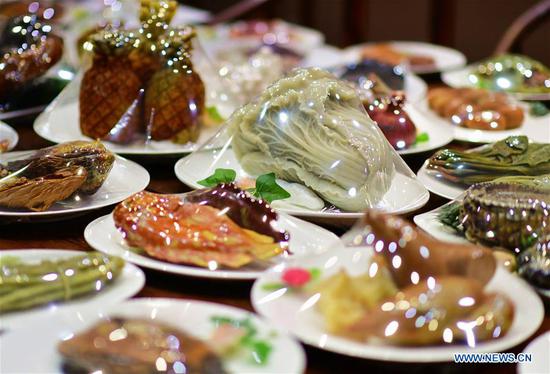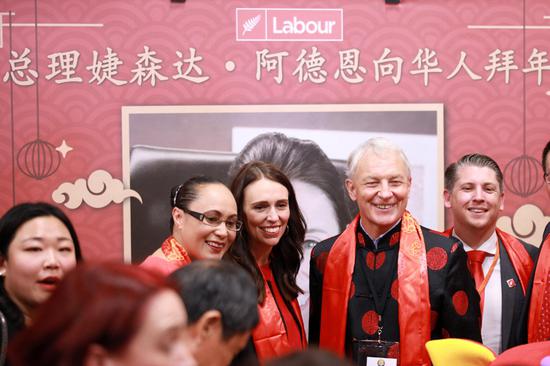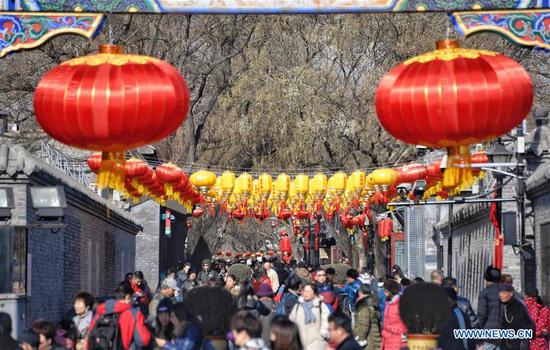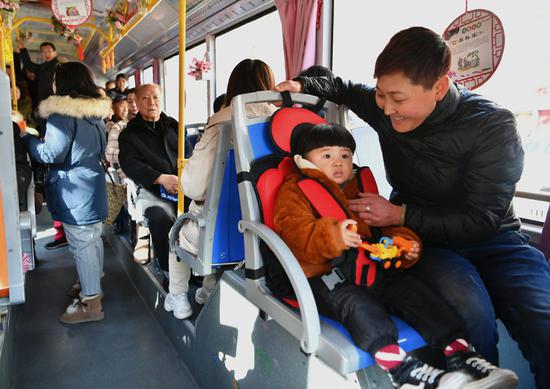
China Photo Studio in Beijing in 1956, when it was relocated from Shanghai to the capital's Wangfujing commercial street. CHINA DAILY
He says that in the non-digital era, the shutter speed was slower and people had to hold their poses and expressions until the photo was done. Photographers used a knife, pencils and Chinese writing brushes to retouch film and photos. They also painted black-and-white photos with special paint.
These days, photographers in studios can capture a person's expressions with a single-lens reflex camera, and a soft light can make the photos appear "delicate". In addition, they can use Photoshop to retouch images.
"Most black-and-white photos in the past were four or six inches. The current photos are bigger, with more spacious frames. These make it easier for the elderly to view them, and they feel less lonely when their children are not at home," he says.
Guan Jian, a 35-year-old university lecturer, recently went to Elefoto, another photo studio in Beijing, to get photos taken with his wife and 2-year-old son.
"The photos have elements such as the round moon, which symbolizes family reunions in Chinese culture," he says.
He found the studio's lighting to be professional, he says. The makeup artist used a doll to make his son laugh and the photographer used a softer flash to protect the child's eyes.
"It's difficult to shoot square photos because you need to capture the center. We respect our customers' temperaments and don't make them pose," says Chong Xiaojie, the studio's chief operating officer.
The studio's target customers are middle-income families with one or two children.
While nearly all photo studios in China have started using single-lens reflex cameras, Beijing's White Nights Photo Gallery is an exception.
Besides digital cameras, they use old-style, wooden cameras and an authentic century-old lens and develop film the old way. The studio has updated the old cameras to improve functionality and purchased some old-style cameras produced in modern times.
















